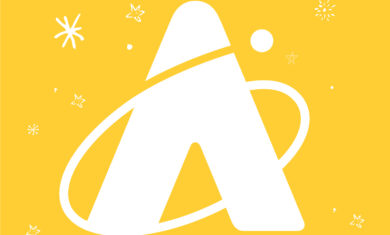Adler Skywatch: June 2024
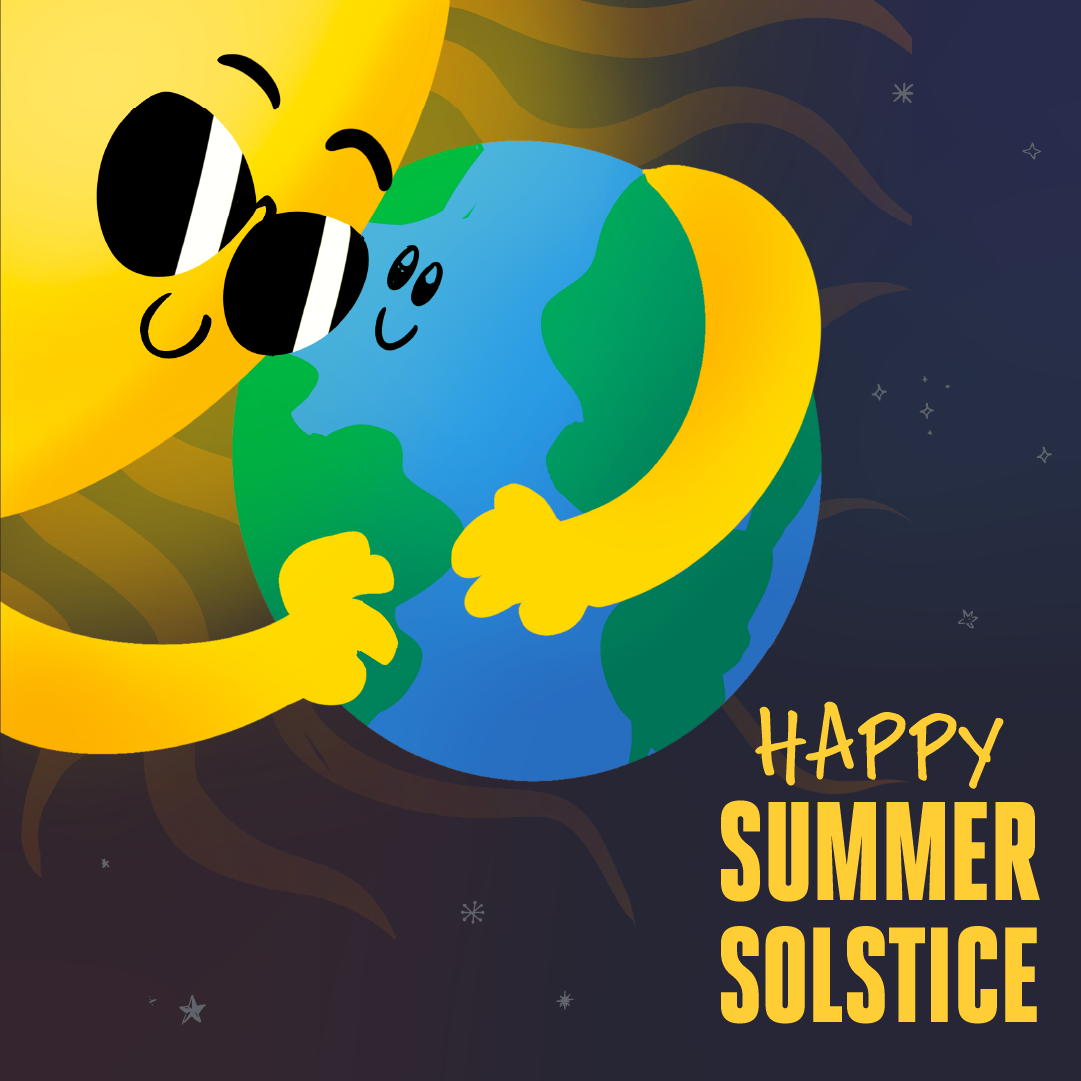
Header Image: A cartoon Sun with sunglasses is hugging a smiling cartoon Earth in an Adler Planetarium infographic celebrating the 2024 summer solstice.
The northern hemisphere’s longest day of the year takes place this month, June 2024, with the summer solstice.
When Is The Summer Solstice
The summer solstice occurs on June 20, at 3:51 pm Central Daylight time (CDT). Our solstices are caused by the slight tilt in Earth’s axis in relation to the plane of its orbit. This tilt is about 23.5 degrees off-vertical. As a result, when Earth circles the Sun each year, a different half of the globe is leaning slightly towards or away from the Sun. The summer solstice occurs in the northern hemisphere when the northern half of the globe has its closest tilt towards the Sun of the year. Conversely, it’s also when the southern hemisphere experiences the winter solstice, as the southern half of the globe is at its furthest tilt away from the Sun.
As the summer solstice approaches, the amount of daylight increases each day while the nights get shorter. After the summer solstice, the amount of daylight gradually diminishes each day, until the winter solstice—which falls on December 21 this year.
How To See The Planets This Month
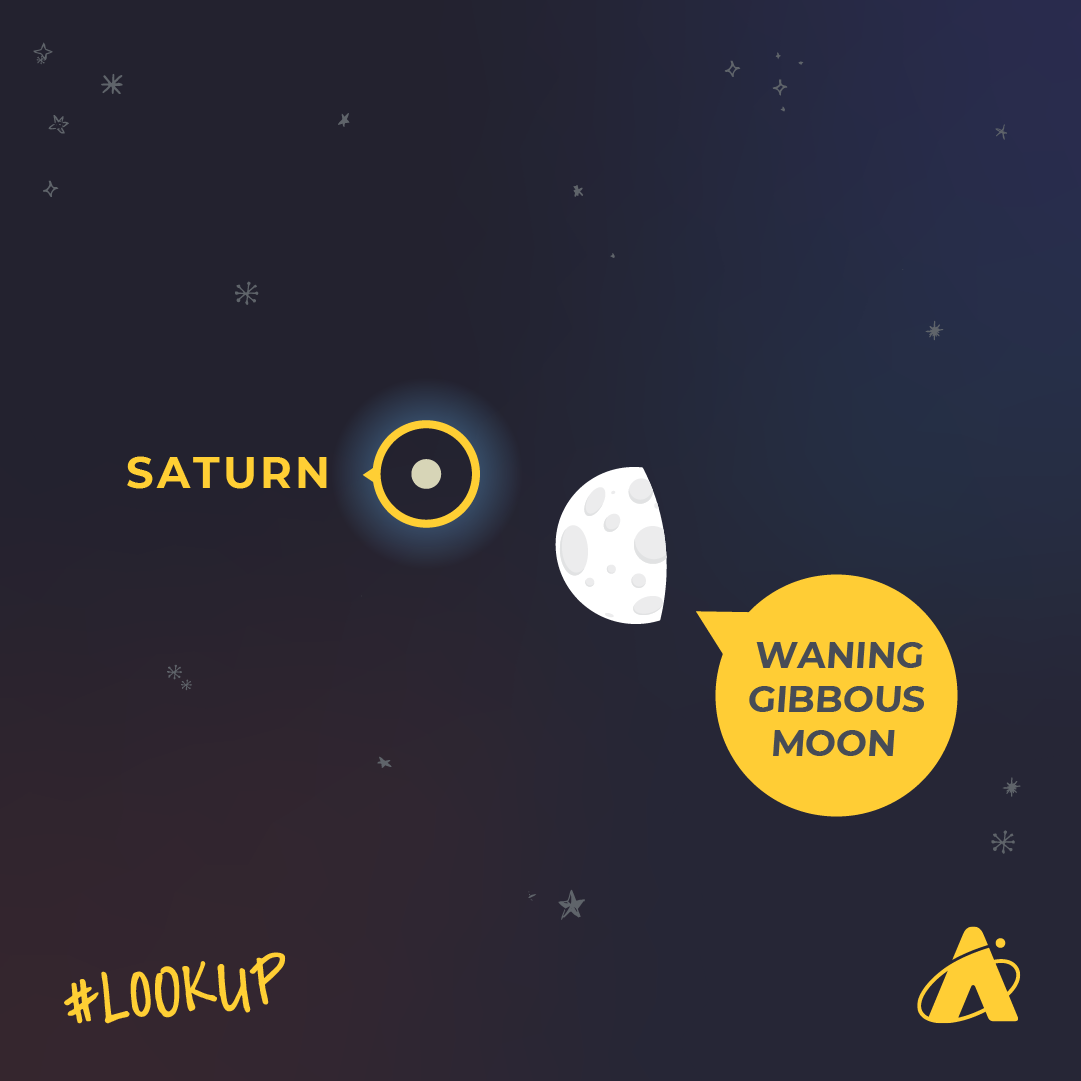
Most of the planetary action this month occurs before dawn. Saturn rises a little south of east around 2:00 am at the start of the month, and around midnight by month’s end. It’s slightly dimmer than first-magnitude brightness this month, so it’s not difficult to see. The morning of June 27, Saturn appears about three degrees to the left of a waning gibbous Moon. Saturn gets about 30 degrees high in the southeast skies before it fades in morning twilight.
Mars rises a little north of east around 3:30 am at the start of the month, and around 2:30 am by month’s end. Mars is shining around first-magnitude and will be easy to spot in June. The morning of June 2, the planet is about six degrees below and to the left of a waning crescent Moon. The next morning, June 3, the planet appears slightly below and to the right of the waning crescent Moon. Mars gets about 15–20 degrees above the eastern horizon before dawn’s glare blots it from view.
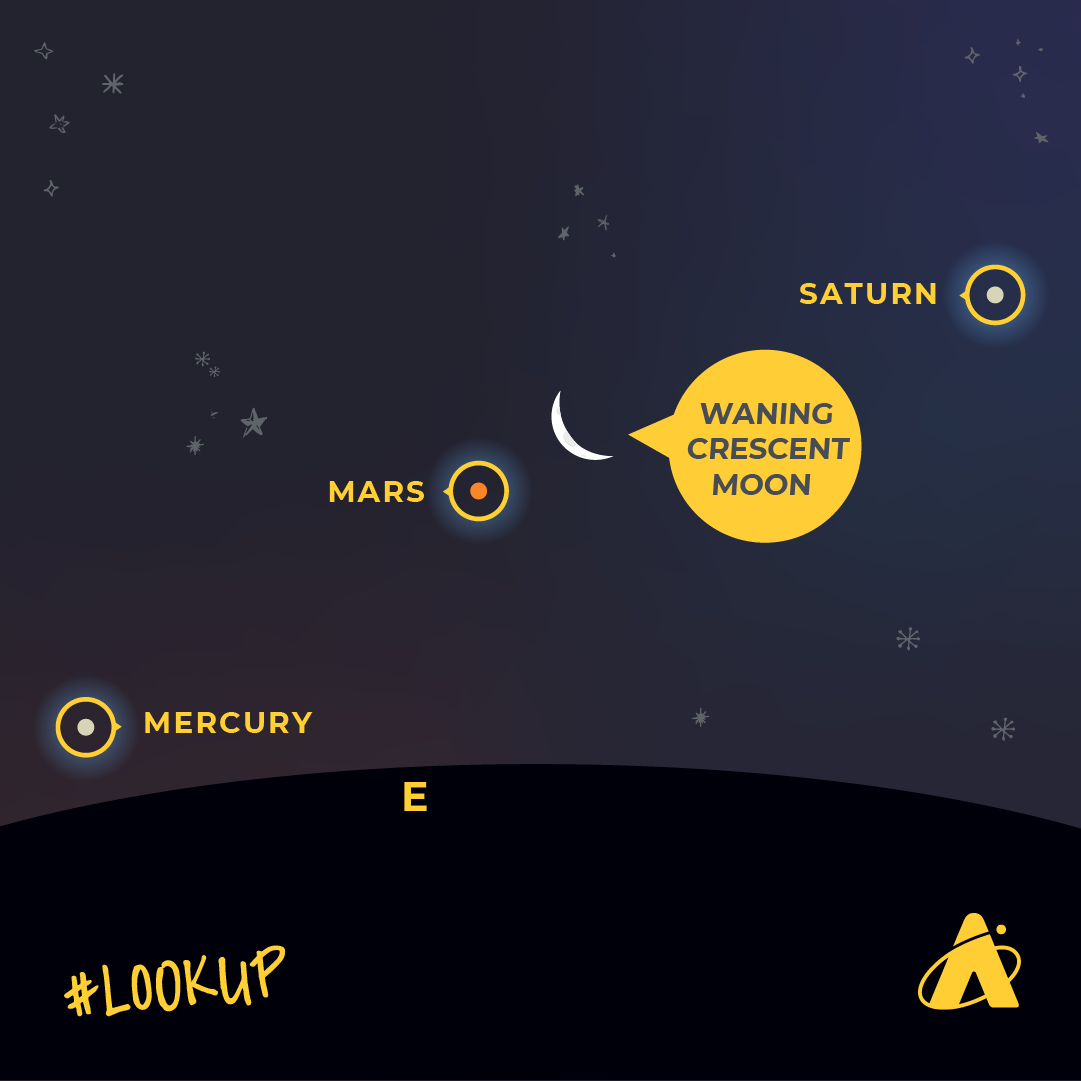
The last week of the month, those with a clear view to the east-northeast horizon may be able to glimpse the bright planet Jupiter briefly before sunrise. At minus-two magnitude, Jupiter outshines everything in the night sky except the Moon and certain satellites. Look for it about ten degrees above the horizon about an hour before sunrise. It fades from view as dawn breaks (and viewers should stop looking for it before the Sun rises). Next month, Jupiter rises earlier and gets slightly higher in the east-northeast as the days pass—making it easier to see before dawn.
The one planet that may be visible in the evening this month is Mercury—but the window of viewing will be brief. You may be able to see it on June 29–30, as it sets about an hour after the Sun those evenings. Those days, try looking for it about 40 minutes after sunset, several degrees above the west-northwest horizon. You’ll likely need a clear view to the horizon to see it.
This month the brightest planet, Venus, appears too close to the Sun to be readily observable.
Moon Phases
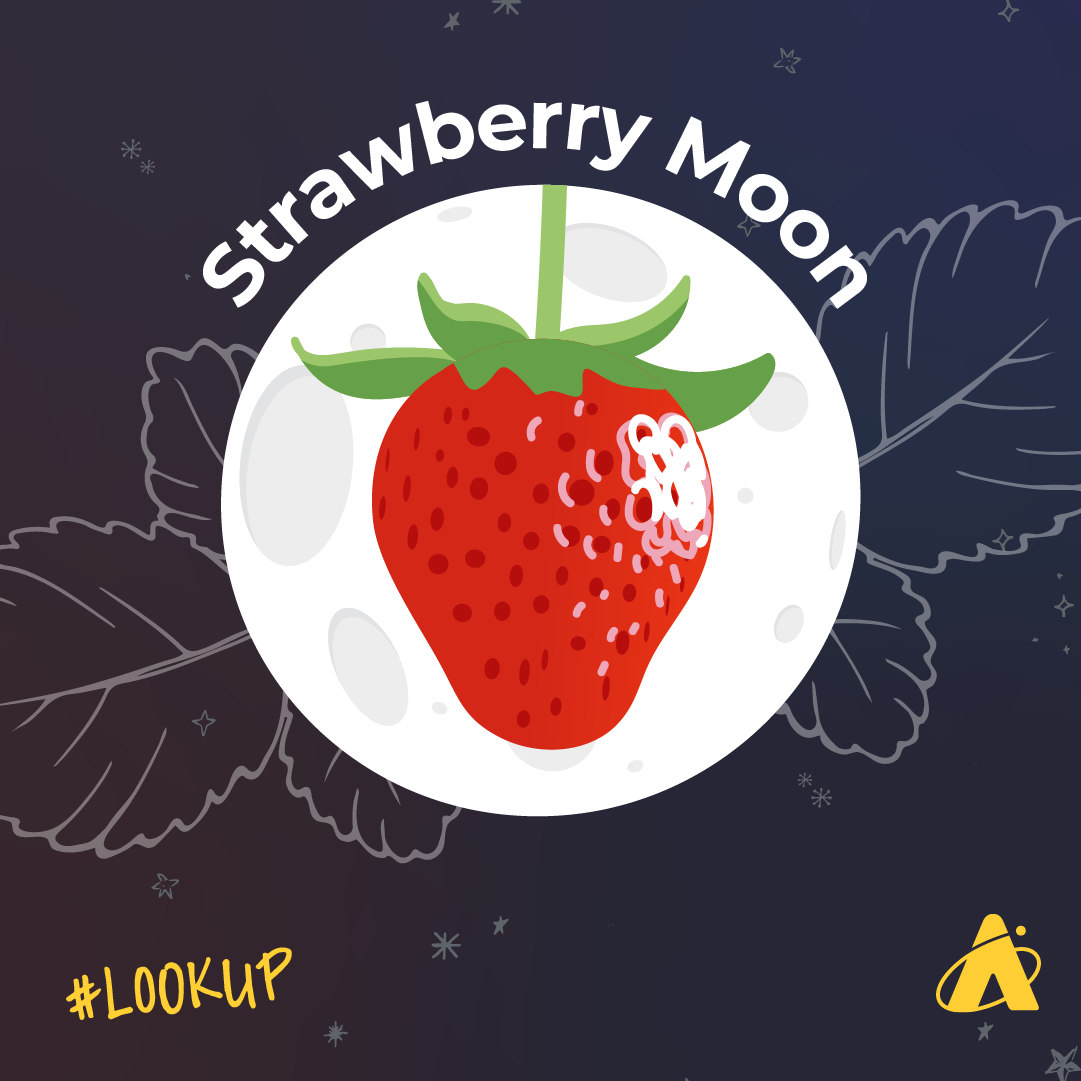
New Moon: June 6
First Quarter Moon: June 14
Full Moon: June 21
Last Quarter Moon: June 28
Please note: these descriptions are for the Chicago area, using Central time.
Subscribe To Skywatch Wednesday This June!
Tour the sky with the Adler Planetarium’s Theaters Manager, Nick, in Skywatch Wednesday. Nick uses cutting edge visualizations, NASA images, and astrophotography to show you what you can see in the night sky throughout the year.
Check out Nick’s latest episode for your ultimate guide to spring stargazing and the April solar eclipse! Don’t miss your chance to see Orion the Hunter and learn how to find constellations like Leo, Ursa Major, Boötes, and Virgo; and so much more!
Learn From Our Astronomy Educators!
Watch exclusive live episodes of Sky Observers Hangout this June! Learn how to observe upcoming cosmic happenings, enhance your astrophotography skills, and see celestial objects through a telescope virtually with our astronomy educators.
Join our astronomy educators, Michelle and Hunter, to observe globular clusters through our Doane Observatory telescope in this cluster blockbuster! Globular clusters dazzle through telescopes with their tightly packed collections of tens or hundreds of thousands—or even millions—of stars. With some of these stars dating back to the early days of the universe, they give us insights into how stars form and evolve, and how galaxies collide and change.





